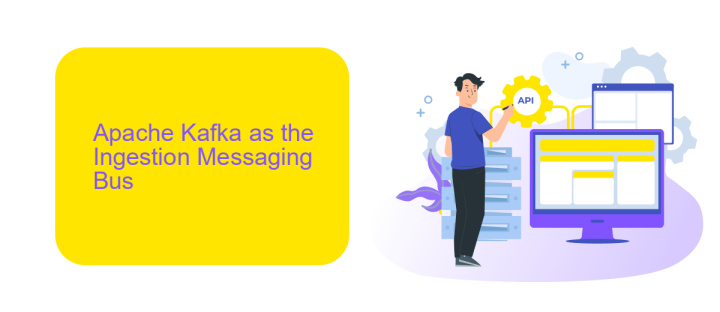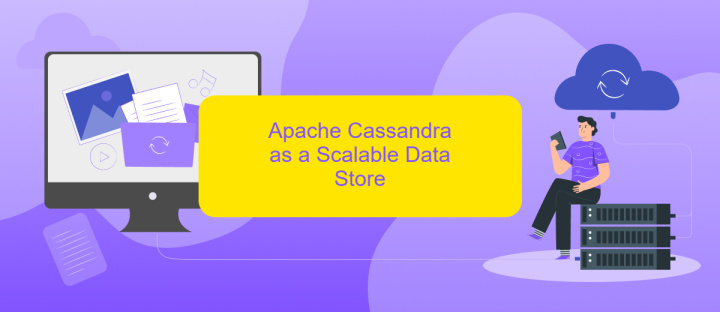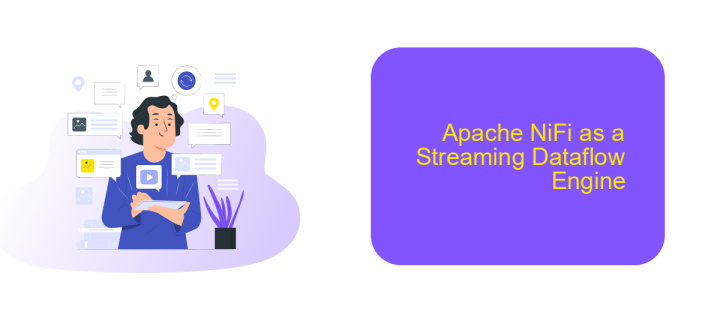Spring Cloud Data Flow ETL
Spring Cloud Data Flow is a powerful toolkit for building and orchestrating data integration and real-time data processing pipelines. Leveraging the flexibility and scalability of Spring Cloud, it simplifies the development, deployment, and management of ETL (Extract, Transform, Load) tasks. This article explores the core features and benefits of using Spring Cloud Data Flow for efficient ETL processes.
Introduction
Spring Cloud Data Flow is a powerful toolkit designed to create and orchestrate data integration and real-time data processing pipelines. It offers a comprehensive solution for managing the complete lifecycle of data-driven applications, from development to deployment. By leveraging Spring Cloud Data Flow, organizations can streamline their ETL (Extract, Transform, Load) processes and improve data accessibility and accuracy.
- Scalable and flexible architecture for data processing
- Supports various data sources and destinations
- Real-time data processing capabilities
- Seamless integration with other Spring ecosystem projects
- Extensive monitoring and management features
Furthermore, integrating Spring Cloud Data Flow with services like ApiX-Drive can enhance the automation of data workflows. ApiX-Drive simplifies the connection between various APIs, enabling smooth data transfers and synchronization across multiple platforms. This integration ensures that data pipelines are not only efficient but also adaptable to changing business needs.
Apache Kafka as the Ingestion Messaging Bus

Apache Kafka serves as a robust and scalable ingestion messaging bus in Spring Cloud Data Flow ETL processes. Its distributed nature ensures high availability and fault tolerance, making it an ideal choice for handling large volumes of data in real-time. Kafka's ability to decouple data producers and consumers allows for seamless data ingestion from various sources, ensuring that data flows smoothly through the ETL pipeline. This decoupling also facilitates easy scaling of both the data producers and consumers independently, catering to dynamic data loads.
Integrating Apache Kafka with Spring Cloud Data Flow can be streamlined using services like ApiX-Drive. ApiX-Drive offers a user-friendly platform for setting up and managing integrations between various data sources and Kafka. With its intuitive interface, users can configure data pipelines without extensive coding, ensuring quick and efficient data ingestion. By leveraging ApiX-Drive, organizations can reduce the complexity of their ETL workflows, enabling faster deployment and better management of their data ingestion processes.
Apache Cassandra as a Scalable Data Store

Apache Cassandra is a highly scalable and distributed NoSQL database designed to handle large amounts of data across many commodity servers without any single point of failure. Its architecture provides high availability and fault tolerance, making it an ideal choice for storing and managing the vast amounts of data processed in ETL workflows.
- Scalability: Cassandra's masterless architecture allows for seamless horizontal scaling, enabling the addition of new nodes without downtime.
- High Availability: Data is automatically replicated across multiple nodes, ensuring that it remains accessible even if some nodes fail.
- Performance: With its efficient read and write capabilities, Cassandra handles high throughput with low latency, crucial for real-time data processing.
Integrating Cassandra with Spring Cloud Data Flow can be streamlined using services like ApiX-Drive, which simplifies the setup and management of data pipelines. ApiX-Drive offers an intuitive interface for configuring data flows, reducing the complexity of connecting various data sources and sinks. This ensures that your ETL processes are both efficient and reliable, leveraging Cassandra's robust data storage capabilities.
Apache NiFi as a Streaming Dataflow Engine

Apache NiFi is a powerful tool for designing and managing data flows between systems. It excels in scenarios where data needs to be collected, transformed, and routed in real-time. With its intuitive graphical interface, NiFi allows users to create complex workflows with ease, making it an ideal choice for streaming dataflow engines.
One of the key strengths of Apache NiFi is its flexibility and scalability. It supports a wide range of data sources and destinations, enabling seamless integration across diverse systems. NiFi's robust architecture ensures high availability and fault tolerance, which is crucial for maintaining data integrity in streaming applications.
- Real-time data ingestion and processing
- Support for various data formats and protocols
- Visual interface for designing and monitoring data flows
- Extensive security features and access controls
- Scalable and resilient architecture
For organizations looking to streamline their data integration processes, tools like ApiX-Drive can complement NiFi by providing additional capabilities for connecting and automating workflows. ApiX-Drive offers a wide range of pre-built connectors and integrations, simplifying the process of linking NiFi with other systems and services. This combination ensures a robust and efficient dataflow management solution.
Conclusion
In conclusion, Spring Cloud Data Flow offers a robust and flexible framework for implementing ETL processes in a microservices architecture. Its ability to orchestrate data pipelines, combined with the scalability and resilience of cloud-native applications, makes it an excellent choice for modern data integration needs. By leveraging Spring Cloud Data Flow, organizations can streamline their data processing workflows, ensuring efficient and reliable data management.
Moreover, integrating with external services like ApiX-Drive can further enhance the capabilities of Spring Cloud Data Flow. ApiX-Drive simplifies the process of connecting various applications and automating data transfers between them. This integration can help organizations to easily manage and synchronize data across different platforms, reducing manual efforts and minimizing errors. Overall, the combination of Spring Cloud Data Flow and ApiX-Drive provides a comprehensive solution for managing complex ETL processes, enabling businesses to focus on deriving actionable insights from their data.
FAQ
What is Spring Cloud Data Flow and how does it relate to ETL processes?
How can I deploy my Spring Cloud Data Flow applications?
What are the key components of a Spring Cloud Data Flow pipeline?
Can I integrate external APIs into my Spring Cloud Data Flow pipelines?
How do I monitor and manage my Spring Cloud Data Flow applications?
Apix-Drive is a universal tool that will quickly streamline any workflow, freeing you from routine and possible financial losses. Try ApiX-Drive in action and see how useful it is for you personally. In the meantime, when you are setting up connections between systems, think about where you are investing your free time, because now you will have much more of it.

